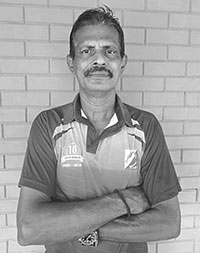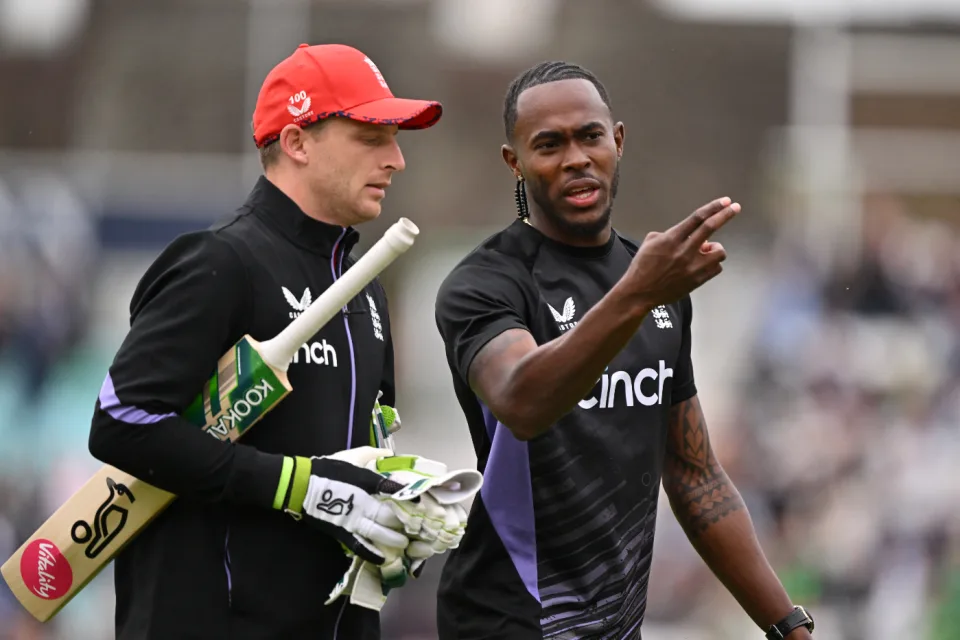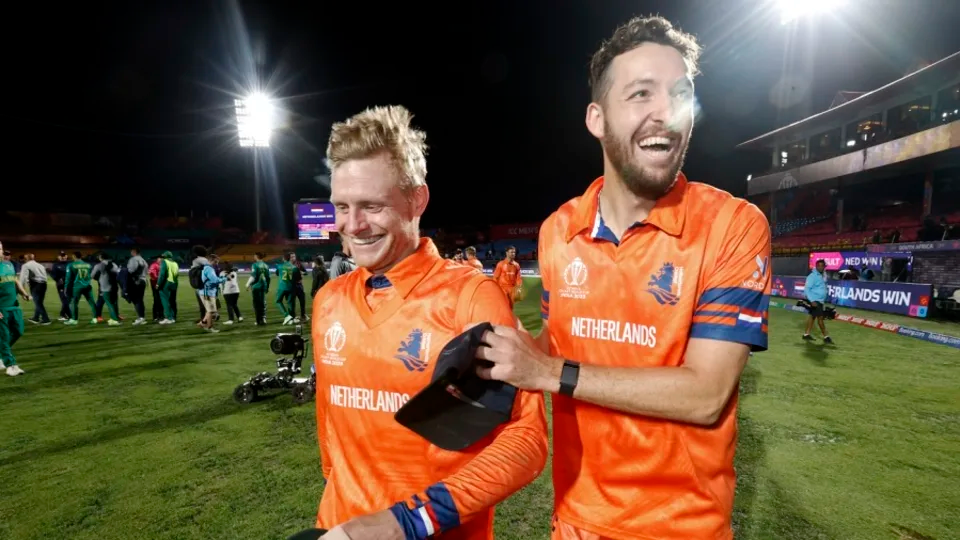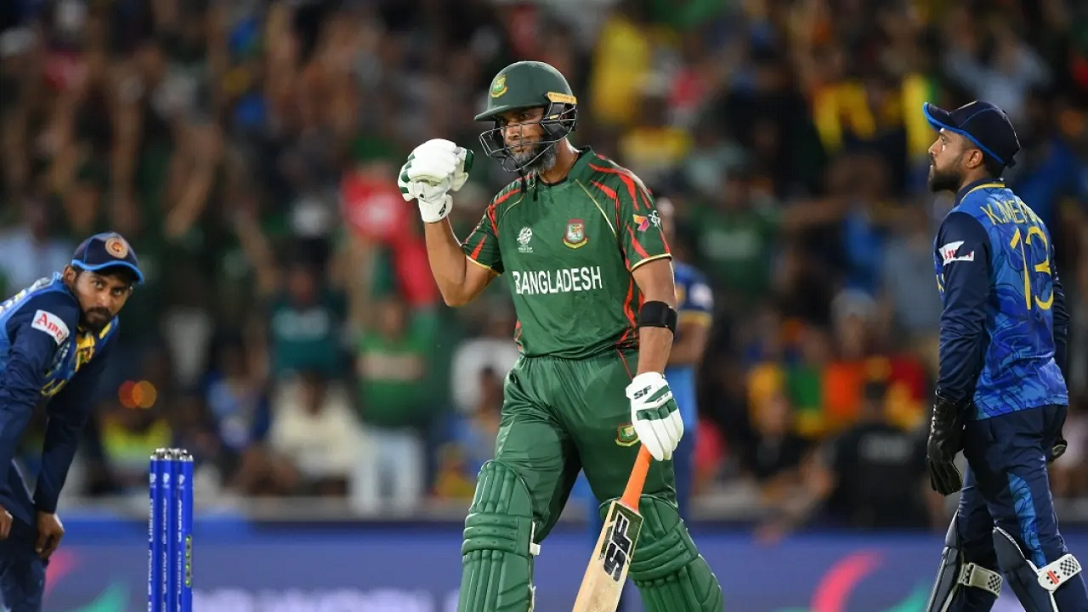Sports
Abdeen’s incredible journey in rugby spans a decade

By a Special Sports Correspondent
Sri Lanka’s legendary rugby player Hisham Abdeen has been actively involved with the sport played with the oval shaped ball for over five decades. That could be something to celebrate given all the gloom and the doom brought to us sportsmen and sports lovers via the pandemic.
In an interview with ‘The Island’ newspaper done at his second home-Havelocks Sports Club- the 61 year old recalled his heydays on the field and what he felt about the future of rugby union in Sri Lanka.
Abdeen said that it’s of prime importance to get the players mentally ready after the pandemic because the ‘break’ from the game was forced on the players and wasn’t voluntary. “They have missed so much and some couldn’t play for their schools in the final year of academic studies. It’s good if Sri Lanka Rugby can arrange an under 21 tournament for the benefit of all those players who missed the last year of school rugby,” said Abdeen who has again started running his academy called Hisham Abdeen Rugby Football Academy (HARFA). As many as 75 players from this academy have represented the First XV teams of their schools and around 10 players have represented the country.
 There was a time when the trend of bulking up using power training and loading on supplements made rugby a brutally contact game. But then despite the doors being opened up for spectators after the third wave of Covid patrons are not very keen on witnessing games; this is probably because of the predictable nature of matches. “There are too many hits and players lack individual skills. Very rarely do we see today a player being able to kick with both legs, punt the ball or kick a grubber,” said Abdeen. According him players of his era invested much time on personal training to lift their skills and the game.
There was a time when the trend of bulking up using power training and loading on supplements made rugby a brutally contact game. But then despite the doors being opened up for spectators after the third wave of Covid patrons are not very keen on witnessing games; this is probably because of the predictable nature of matches. “There are too many hits and players lack individual skills. Very rarely do we see today a player being able to kick with both legs, punt the ball or kick a grubber,” said Abdeen. According him players of his era invested much time on personal training to lift their skills and the game.
Despite having so much credentials in the game Abdeen has stuck with schoolboy players and university undergraduates when choosing his assignments as a coach. This could be because he pays special attention and emphasis on making the players grasp the basics of the game. The other factor he focuses is on fitness. “Fit players rarely get injured,” underscored Abdeen.
We can remember how Abdeen shone for his schools-initially for Zahira and then for Isipathana College. He played for Havelocks SC as a schoolboy in 1979 and the following season (1980) he stamped his class in the school season by scoring 25 tries wearing the green jersey. This type of achievement where a schoolboy plays for a club while still being in school is rarely heard of. When Abdeen made it to the Havelocks SC side he had to play as a second row forward because the Park Club’s third row was occupied by dazzling players in the likes of Jeff de Jong, Anjelo Wickremaratne and Geoffrey Yu. There were days when he was a marked man. But on a day where he had everything coming right for him he scored eight fabulous tries. That performance came against Army SC at Longden Place. That performance was equaled by Army’s Sithara Fernando in an A Division club rugby game many years later.
Abdeen’s power came probably through the training he did and thanks to his favourite meal-rice and curry. He was a fitness fanatic and trained beyond the capacity of the average club rugby player. As for the rice he ate there are so many interesting stories associated with this aspect of his life. “Once at the Hong Kong Sevens in 1983 the BBC journalist, knowing that there were riots in my country, asked me what the problem was and I replied saying that the problem I have right now is that there is no place in Australia where I’m staying where I can have a decent rice and curry meal”. During Abdeen’s time the players were not remunerated for their availability. But he used to tell at least this much, “No rice, No game”.
Abdeen was a freak. He ate what he wanted and trained the way he wished. He never did weights for strength training purposes. He believed in natural fitness, solid technique and perfect timing when bringing down a player twice his size. Players feared Abdeen and when he tackled you just stayed ‘put’ for a while. Several players tried to imitate his walk and copy his playing style but all that proved to be a waste of time. The Abdeen we saw was ‘one and only’ and he could only be appreciated, not copied.
There were other reasons to say that he was a freak. He represented the country in three sports; rugby union (Last tour in 1993), Soccer (last tour in 1986) and sepak takraw (the last tour in the 1990s ). At present sportsmen and women cannot even think doing a second sport because of the demands in any one of the chosen disciplines are so high.
He also had his share of successes as a coach with the national side. He rates the island’s appearance at the Hong Kong Sevens in 2009 as memorable for him as a coach. “Radeeka Hettiarachchi scored twice in the match against Australia and we had a grand tournament that year. There were many new comers to the side during that tour and I was able to guide them to play at the top level,” he said. He was also a national selector for more than ten years. He is also a life member of Sri Lanka Rugby.
Abdeen now concentrates on his academy and serving the game which has given him a tremendous identity. That old saying which underscores the fact that there is a strong woman behind every successful man is fitting to Abdeen’s life story. According to him his wife ‘Jeni’ has been his source of strength and plays a major role in the academy when it comes to handling player registrations at HARFA and parents of players.
Abdeen had so much of successes, but no achievement could make him too big for his boots. Even today he remains humble and available for those who need him. He still enjoys sitting on the bench as a coach and contributing to the game he loves so much. Because individuals like Abdeen know that there is no set amount to give a signal to a player to indicate that he has given back enough to the game.
Sports
England face Australia in the battle of champions

The first truly heavyweight clash of this expanded T20 World Cup format comes freighted with both history and subplots. A rematch of the 2010 World T20 final at Kensington Oval, the match pits Jos Buttler’s defending champions – who are aiming to become the first team to retain the trophy – against the Australian winning machine, victors at the 2021 edition and current world title-holders in Test and ODI cricket. And that’s before you throw in the Ashes for afters.
Already there is added pressure on England, after the rain in Bridgetown led to a share of the points in their opener against Scotland (and that having conceded 90 runs from 10 overs without taking a wicket in a tepid bowling display). Lose to their oldest rivals and it will leave their Super 8 prospects open to being waylaid by the perils of net run-rate calculations, or worse.
The Scotland match was the third abandonment in five suffered by England, after a rain-affected home series against Pakistan, which has clearly hampered their readiness for this campaign after almost six months without playing T20 together. It does not take much for a side to click in this format – and England looked in decent shape when they did get on the field against Pakistan – but Buttler will be anxious for things to go their way on Saturday, if only to avoid further questions referencing the team’s disastrous ODI World Cup defence last year.
Australia, under the laidback leadership of Mitchell Marsh would love nothing more than to add to the English sense of jeopardy – having helped bundle them out of the tournament in India on the way to taking the crown. Their head to head record is less impressive in T20 however, with England having won six of the last seven completed encounters, as well as that 2010 final.
Despite a wobble with the bat, Australia avoided mishap against Oman earlier in the week, the experience of David Warner and Marcus Stoinis shining through in difficult batting conditions. Surfaces in the Caribbean – not to mention those games staged in the USA – have already had teams scratching their heads; rather than the “slug-fest” England had prepared for, following a high-scoring tour of the Caribbean in December, it looks as if boxing smart may be the way to go.
Speaking of Warner, this could be the last time he faces up against England in national colours – and another match-winning contribution would likely reduce the chances of them meeting again in the knockouts. On the other side of the card is Jofra Archer, fresh from an emotional maiden outing at Kensington Oval and ready to take on Australia for the first time in any format since 2020. Can Mark Wood fire up England’s campaign, as he did during last summer’s Ashes? Will Pat Cummins be back to harass the old enemy once again? Seconds out, it’s almost time to rumble.
Cummins is set to return after being rested for the Oman game, which saw Mitchell Starc leave the field with cramp. Starc is understood to be fine and could keep his place – which would likely see Nathan Ellis miss out. Marsh is still not fit to bowl, with Australia likely to continue with the allrounder combination of Stoinis and Maxwell to give them cover.
Australia (probable XI): David Warner, Travis Head, Mitchell Marsh (capt), Glenn Maxwell, Marcus Stoinis, Josh Inglis (wk), Tim David, Pat Cummins, Nathan Ellis/Mitchell Starc, Adam Zampa, Josh Hazlewood
The one change England may consider is Reece Topley coming in for Wood, with the expectation that there will be some rotation among the seamers through the course of the tournament.
England (probable XI): Phil Salt, Jos Buttler (capt & wk), Will Jacks, Jonny Bairstow, Harry Brook, Liam Livingstone, Moeen Ali, Chris Jordan, Jofra Archer, Adil Rashid, Reece Topley/Mark Wood
[Cricinfo]
Sports
South Africa up against their bogey team in batter-unfriendly New York

Once is coincidence, twice is a clue, and three times is proof.
To paraphrase Agatha Christie, that is the narrative around South Africa’s meeting with Netherlands at this T20 World Cup.
The Dutch beat South Africa at the 2022 tournament and ended their semi-final hopes in a match where South Africa appeared to be sleep walking, and then beat them again at the 2023 ODI World Cup, where they exposed South Africa’s vulnerability in the chase. If they to do the treble, not only will Netherlands take the lead in Group D, but they will offer conclusive evidence of the threat they pose to Full Members, especially South Africa.
Of course, it will take some doing after South Africa’s opening performance against Sri Lanka, where they reduced their opposition to their lowest T20I total and chased it down in fairly straightforward fashion thanks to the most stable middle-order of their white-ball era. In Aiden Markram, Tristan Stubbs, Heinrich Klaasen and David Miller, South Africa have bankers and big-hitters and, for this match, they also have the advantage of experience. They’ve already played at Eisenhower Park, and have first-hand knowledge that run-scoring doesn’t come easily;Klassen said they are prepared to use their “cricket brains” and play “smarter cricket”.
But the conditions could be good news for Netherlands, who are not naturally a line-up of big hitters and build their innings on a foundation of turning ones into twos. In other words, they tend to take a slightly more conservative approach to batting, which may work well here, but they’ll be wary of the uneven bounce of the surface and will have to come up with plans to counterattack especially against South Africa’s seamers. Their own bowlers were exemplary in Dallas and will look to build on that performance against a line-up that will likely be more proactive than Nepal’s, but who they have managed to keep quiet not once, but twice in the past. Third time’s the charm, they say.
Anrich Nortje’s stunning return to form against Sri Lanka means South Africa may not have to tinker with the bowling combination, and Gerald Coetzee and Tabraiz Shamsi may have to wait their turns to get a game. The batting line-up should be unchanged, with no space for Ryan Rickelton yet.
South Africa: Quinton de Kock (wk), Reeza Hendricks, Aiden Markam, Tristan Stubbs, Heinrich Klaasen (wk), David Miller, Marco Jansen, Keshav Maharaj, Kagiso Rabada, Ottneil Baartman, Anrich Nortje
Conditions in New York may tempt Netherlands to include an extra seamer and they have Kyle Klein in their squad. But it could come at the expense of a shortened batting line-up and they may not want to risk that.
Netherlands: Michael Levitt, Max O’Dowd, Vikramjit Singh, Sybrand Engelbrecht, Scott Edwards (capt, wk), Bas de Leede, Teja Nidamanuru, Logan van Beek, Tim Pringle, Paul van Meekeren, Vivian Kingma
[Cricinfo]
Latest News
Mustafizur, Rishad, Hridoy dazzle in Bangladesh’s tight two-wicket win over Sri Lanka

Nuwan Thushara’s last over brought Sri Lanka screaming back into the match,as he first bowled Rishad Hossain, and then nailed Taskin Ahmed in front of the stumps with a pinpoint swinging yorker. This left Bangladesh eight wickets down, with 12 runs still to get.
However, the experienced Mahmudullah was at the crease for Bangladesh, and despite some further nervy moments, pushed Bangladesh across the line off the last ball of the 19th over.
But this was a match chiefly decided by Bangladesh’s own outstanding bowling. Mustafizur Rahman was the best among them, using shorter lengths and his cutters efficiently, to claim figures of 3 for 17. Rishad Hossain’s three-for through the middle overs also kept Sri Lanka quiet.
Mustafizur was instrumental in Sri Lanka’s downward spiral through the middle overs, which culminated in a crash-and-burn end. Ultimately, their inability to find boundaries, or even rotate strike against good Bangladesh bowling resulted in their downfall. A score of 125 for 9 always seemed poor on a decent pitch, even if their bowlers made a match of it in the end.
Brief scores:
Bangladesh 125 for 8 in 19 overs (Towhid Hridoy 40, Litton Das 36; Dhanajaya de Silva 1-11, Nuwan Thushara 4-18, Wanidu Hasaranga 2-32, Matheesha Pathirana 1-27) beat Sri Lanka124 for 9 in 20 overs (Pathum Nissanka 47, Dhananjaya de Silva 21; Tanzim Hasan Sakib 1-24, Taskin Ahmed 2-25, Mustafizur Rahman 3-17, Rishad Hossain 3-22) by two wickets
[Cricinfo]












